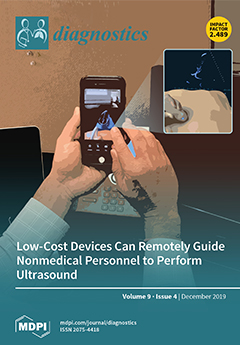Background: Acute cardiac events are a significant contributor to mortality in systemic sclerosis (SSc). However, echocardiographic evaluation may be deceptively normal during an acute presentation. We hypothesized that in diffuse SSc patients presenting with acute cardiac events and a normal echocardiogram, cardiovascular magnetic resonance (CMR) would have incremental diagnostic/prognostic value. Methods. 50 consecutive diffuse SSc patients with normal echocardiograms were evaluated using a 1.5T system. A total of 27 (63%) had experienced an acute cardiac event three to tendays before CMR evaluation (rhythm disturbances, angina pectoris, shortness of breath). Left/right ventricular (LV/RV) volumes and ejection fractions (EF), as well as LV mass, the T2-signal ratio, early/late gadolinium enhancement (EGE/LGE), native/post-contrast T1-mapping, T2-mapping and extracellular volume fraction (ECV) were compared between the event and no-event groups. Results: No differences were identified in LV/RV volumes/EF/mass. In logistic regression analyses, independent predictors of belonging to the event group were EGE (odds ratio (95% CI): 1.55 (1.06–2.26),
p = 0.024), LGE (1.81 (1.23–2.67),
p = 0.003), T2 mapping (1.20 (1.06–1.36),
p = 0.004) and native/post-contrast T1 mapping (1.17 (1.04–1.32),
p = 0.007 and 0.86 (0.75–0.98),
p = 0.025). At a median follow-up of ~1.2 years, 42% vs. 11% of the event/no-event group respectively reached a combined endpoint of event occurrence/recurrence or cardiovascular mortality. Of the independent predictors resulting from logistic regression analyses, only LGE (hazard ratio (95% CI): 1.20 (1.11–1.30),
p < 0.001), T2-mapping (1.07 (1.01–1.14),
p = 0.025) and native T1-mapping (1.08 (1.01–1.15),
p = 0.017) independently predicted the combined endpoint. Conclusions: A normal echocardiogram does not preclude myocardial lesions in diffuse SSc patients, which can be detected by CMR especially in symptomatic patients.
Full article






